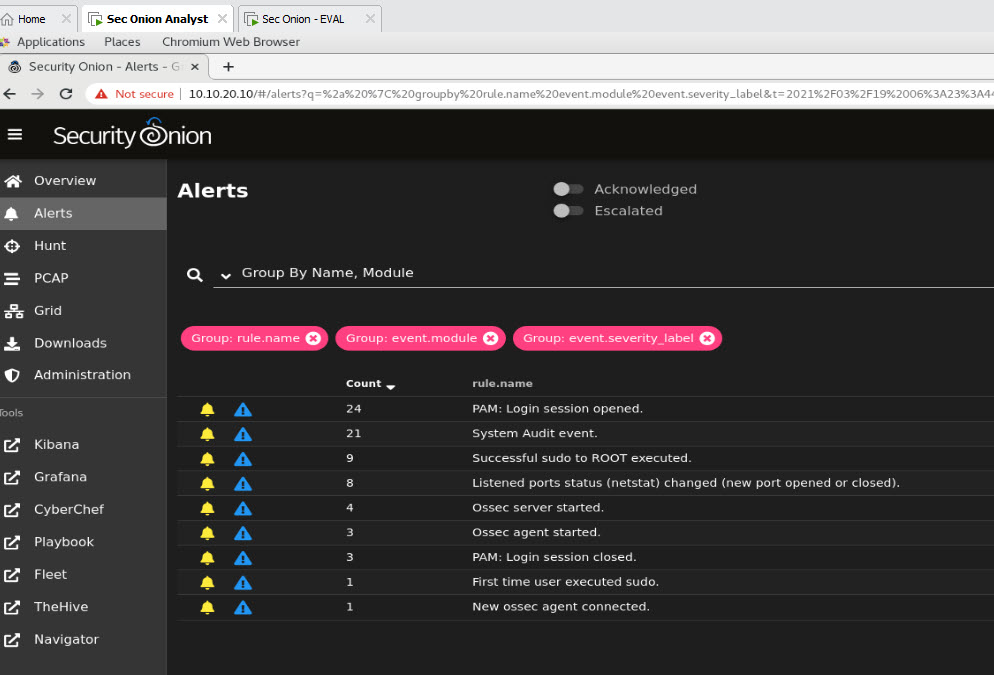

The original Broadway production was met with success and Hollywood quickly became interested in making a screen adaptation. Unfortunately for Williams, rewrites and moral simplification would become the rule when handling Cat on a Hot Tin Roof. Maggie locks away the liquor and promises Brick that she will bear his child, suggesting that while their marriage is not mended, creating a family together would resolve many of their issues. While the question of Brick’s sexuality remains unresolved, the new ending was noticeably more heteronormative. He capitulated to Kazan’s demands, rewriting the third act heavily. His last play, Camino Real, was an out and out bomb. Williams disliked the notion of a rewrite but was desperate for a hit. Among his issues was Brick, who he felt didn’t grow enough and was too harsh on Maggie. He demanded that Williams rewrite the third act, adamant that the morality was too ambiguous for audiences, who were sure to reject the play out of hand in its then-current state. The first person to push against Williams’ creative vision was Elia Kazan, the director of the original 1955 Broadway production. It was these themes and Brick’s characterization that would become a source of frequent controversy. As scripted, Brick is a complicated critique of heteronormativity and social mores years ahead of its time. Their marriage becomes increasingly loveless, and the more Maggie fights to hold it together, the more distant Brick becomes. He drinks away his feelings and distances himself from his wife Maggie “the Cat”. Grief struck, Brick behaves recklessly and injures his legs, leaving him housebound.

These themes manifest in various ways, the most compelling, and controversial, however, was in the character Brick.Īn ex-athlete, Brick struggles with his homosexual feelings toward his recently deceased friend Skipper. The play is quintessential Williams, telling the story of a wealthy southern family consumed from within by secrets, lies, avarice, and pettiness. Questions of censorship and creative control surrounded Cat on a Hot Tin Roof long before it made the jump from the theatre stage to sound stage.

Growing up skipper porn code#
But no film speaks more to the ongoing damage and cultural reductivism of Hays Code censorship than the 1958 adaptation of Tennessee Williams’ play Cat on a Hot Tin Roof. The word “damn” fell under the ban on profane language, and the film’s creative team had to fight for its inclusion in the now-iconic final line. Even cinema’s current problem child, Gone with the Wind, rubbed up against the code. Casablanca, which is adapted from an unproduced stage play, had to remove much of its sexual content to meet the code’s standards. Meaning that several things banned by the code were not only present but crucial to, texts filmmakers sought to adapt.Īlfred Hitchcock’s Rebecca, based on the Daphne du Maurier novel of the same name, had its sexual politics diluted by the code into outright lesbophobia.

Where they’d had millennia to grapple with moral boundaries, debating what content should and should not be included in a text, cinema had a mere 35-years. The simple reason being that prose and plays are much older mediums than film. While numerous films were altered to conform to the code-as was the way if they wished to be released stateside-adaptations were affected the most. According to its ethos, no picture should ever “lower the moral standards of those who see it” nor should “the sympathy of the audience… be thrown to the side of crime, wrongdoing, evil, or sin.” This ethos would later be updated into an official list of banned and semi-banned content ranging from profanity to the depiction of sexual relationships between both people of the same sex and different races. Formally known as the Motion Picture Production Code, the Hays Code was a system of censorship bent to conservative values. The Hays Code has been defunct for over 50-years, yet it’s scar tissue is visible throughout Hollywood filmmaking to this day.


 0 kommentar(er)
0 kommentar(er)
